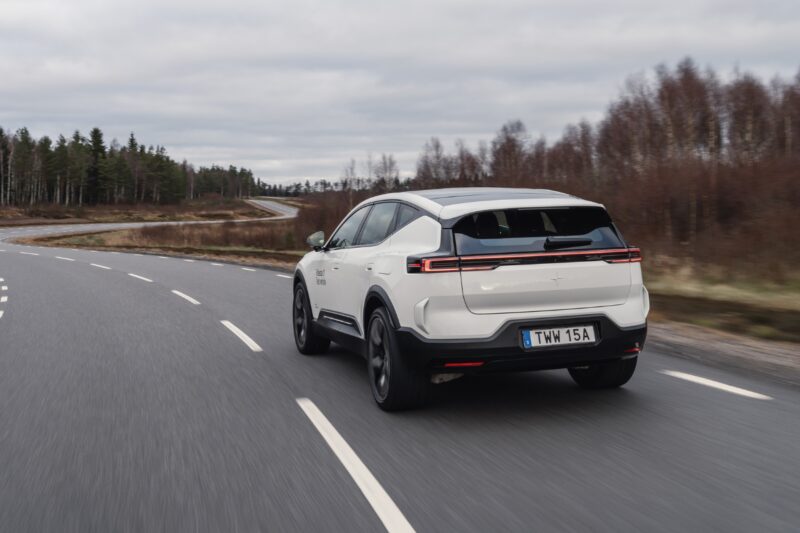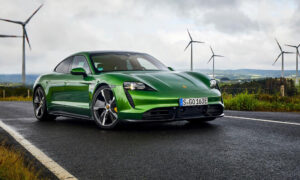Do Electric Cars Have Gears?
A guide exploring what type of transmission electric cars have.
Last updated: Aug 01, 2024 • 3 min read

Summary
Most electric cars have a single-speed motor which technically uses one gear. To accommodate the electric motor, electric cars use a simplified automatic transmission.
Do EVs have gears?
Yes, electric vehicles (EVs) have gears, but there is more to it than a simple yes, so let’s explore this further.
Internal combustion engine (ICE) cars have transmission systems with several gears to allow the engine to reach a variety of speeds at optimum power bands, which improves efficiency and responsiveness.
This happens via a manual transmission with up to 7 gears, in which the driver uses the clutch pedal and gear stick to shift between gears. Or via an automatic transmission with up to nine gears, in which case the gearbox will change gears for you. Up until the early 2000s, most manual ICE cars only had five gears, meaning they had poorer fuel economy than today’s cars.
Electric cars also have a type of transmission, but they’ll usually only have one gear, meaning no gear shifts are needed. The key difference between ICE and electric cars is that the electric motor in an EV provides instant power and torque to go the top speed without gear shifts. An ICE car needs to shift gears to reach certain speeds.
There are a few electric cars on the market with more than one gear, like the Porsche Taycan, but they’re the expectation.

So, do electric cars have a gearbox?
While electric cars do not have a traditional gearbox as you’d find in manual transmission vehicles, they do incorporate a simplified version of an automatic transmission system. While it may take some convincing for drivers who enjoy driving manual transmission cars, this setup offers you as the driver a number of benefits:
Comfortable driving experience – An automatic transmission in electric cars creates a smoother driving experience without the occasional jolting you may experience when manually shifting gears. Plus, the lack of gear shifting reduces noises from moving parts.
Increased efficiency – Automatic transmissions in EVs optimise energy usage and efficiency, reducing energy losses associated with manual gear shifting performed by the driver.
Simplified mechanics – No complex gearbox and fewer moving parts reduce the likelihood of repairs, making it easier to maintain the transmission of an EV.
Are all electric cars automatic?
Yes, electric cars using battery power have a simplified version of an automatic transmission to facilitate the single-speed motor.
Plug-in and full hybrid cars are also available with automatic transmission only. The one type of electric vehicle that uses a manual transmission is a mild hybrid. They’re the least reliant on battery power out of all hybrid car types.
Things to consider when driving electric cars
Having a simplified, single-speed gearbox or transmission is great, because it improves efficiency, provides smoother acceleration and reduces the risk of mechanical issues.
To drive an EV, you either need a manual or automatic driving licence. A manual licence gives you greater flexibility, while an automatic licence means you’re limited to automatic transmission cars only. This can, for example, make it more difficult and expensive to rent a car on holiday or prevent you from driving a family member’s manual car in an emergency. Before taking your test, you should consider the limitations of an automatic-only licence.

